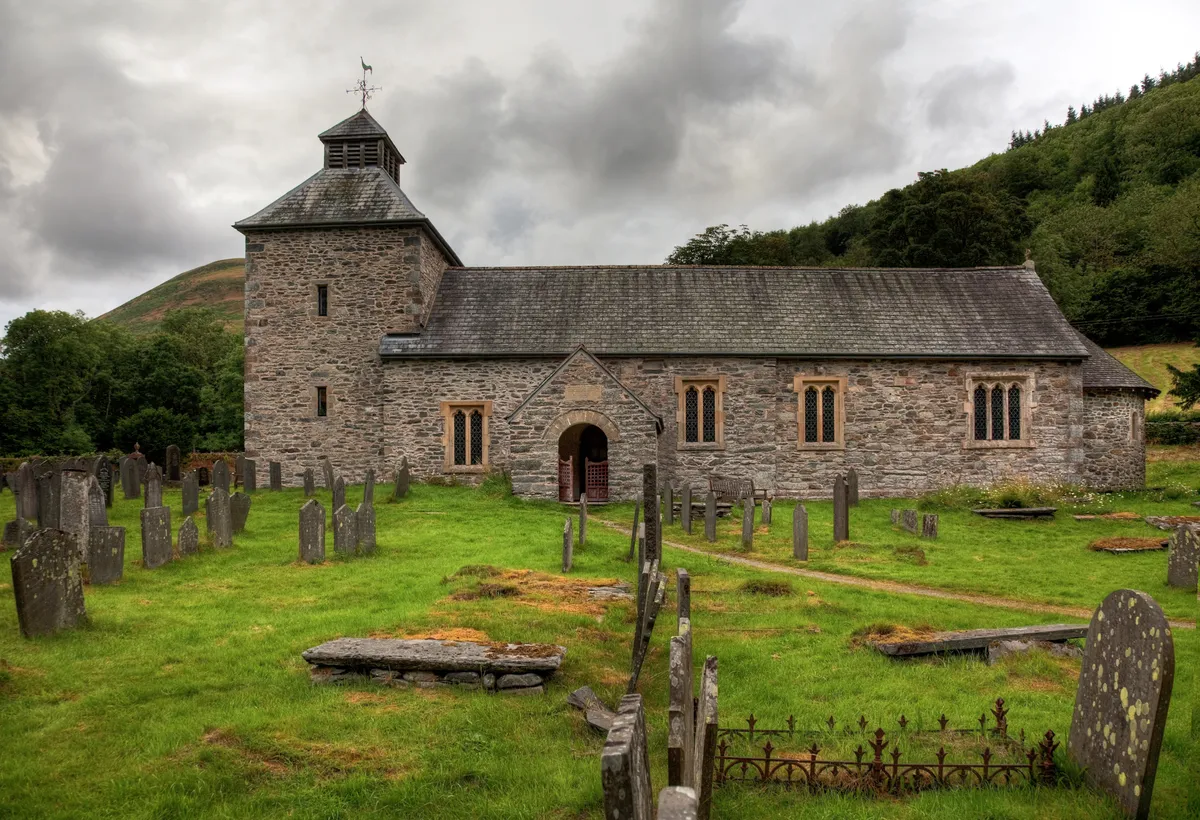Last autumn, a set of new signs appeared along the single-track road that runs below my house and across some pretty deserted high moor in Western Galloway. They are smart, blue and point southwards. The sign illustrates a bicycle and a pair of walking boots and says ‘Whithorn Way’.
The Whithorn Way is a new – and also very ancient – 143-mile path from Glasgow to Whithorn, which is at almost the most southern point of Scotland, where St Ninian founded the first Christian Church in Scotland. (Forget Columba and Iona, Ninian’s ‘Casa Candida’ – shining white house – was about a century older and authenticated by the Venerable Bede himself.)

The Whithorn Way is the newest of a growing number of long-distance walking trails that are based on the old pilgrimage routes. Pilgrimage is an ancient Christian custom – Egeria’s Travels, one of the first accounts of a pilgrimage to the biblical sites, was written in about 380 AD. Islam also has a strong tradition of pilgrimage.
A pilgrim travels to a specific holy site; both the journey and the destination are part of the spiritual experience. In addition, as Chaucer makes clear in The Canterbury Tales, pilgrims could hope to have a good deal of fun on the way. You could get a ‘certificate’ exempting you from work – a sort of holiday – so the parallels with contemporary long-distance trekking are surprisingly strong. I could push the parallels further by pointing out that the monasteries and churches along the routes offered free facilities and were therefore a bit like bothies.
Well-trodden paths
Apart from the spiritual aspects of pilgrimage, there are good reasons why these old routes make excellent modern trails. First, pilgrims tended to pick the easiest route in preference to the most direct one, so the paths rarely have very steep or difficult sections. There are exceptions: the Camino, the ancient route to Santiago de Compostela in north-west Spain, has to cross the Pyrenees from any traditional start point in the rest of Europe; and if you walk St Cuthbert’s Way from Melrose in the Scottish Borders to the Holy Island of Lindisfarne off the coast of Northumberland, you need to time your crossing because the island’s causeway is flooded either side of high tide.
Second, pilgrimage routes have a variety of interesting or beautiful historic structures left from their original uses. The glorious hammer-beam angel roof of St Wendreda’s Church in March, Cambridgeshire, celebrates – and was paid for by – a full pilgrims’ ‘indulgence’ (a setting aside of sins) in honour of this somewhat obscure saint, which led to the Walsingham pilgrimage route diverting to visit her church.
There are now ‘revived’ ancient pilgrims’ ways all over the UK, well waymarked through some stunningly beautiful places. There is a lot of information online and some wonderful walks to be had. We know that some of these routes have been walked since the eighth century, because some naughty pilgrims carved datable ‘holy graffiti’ into Neolithic standing stones at Laggangairn above the Whithorn Way – not everything changes! My favourite is St Cuthbert’s Way but I have walked sections of the Whithorn Way, of the Walsingham pilgrimage route, of the trans-Scotland Iona path and of St Hilda’s Way in the north east. I have never been disappointed

